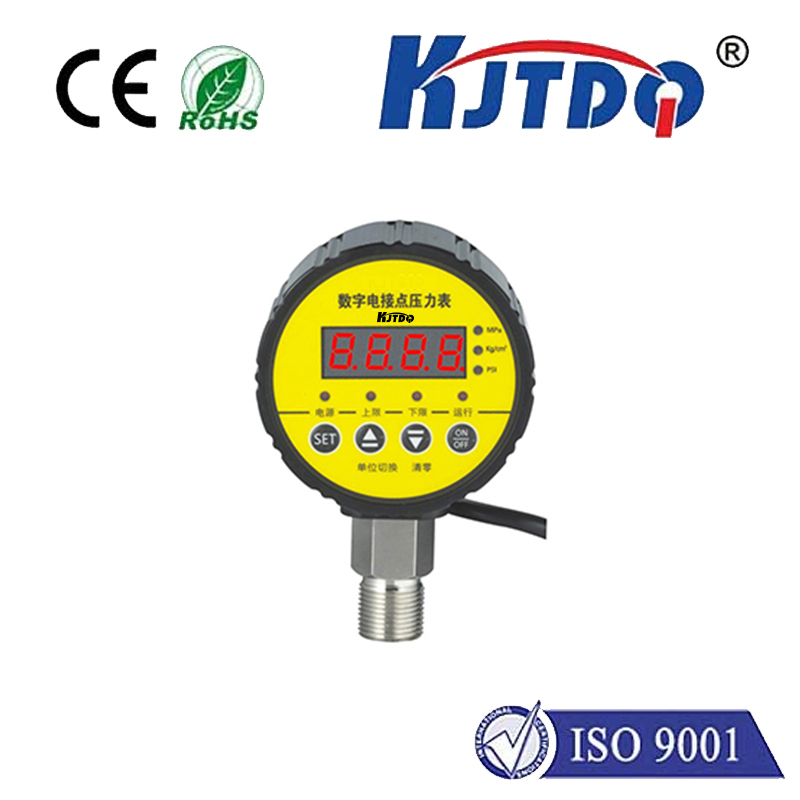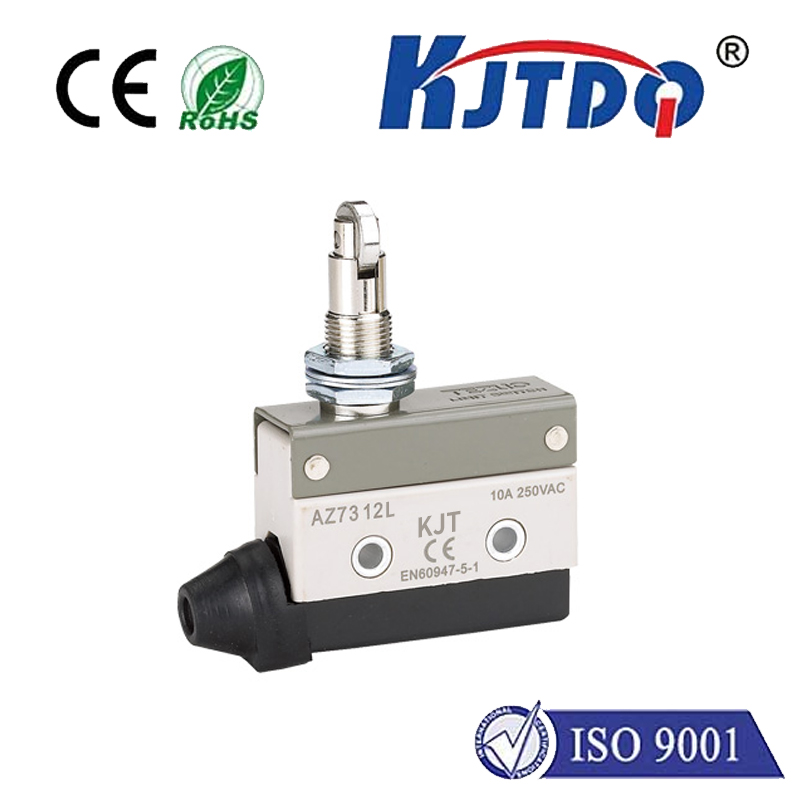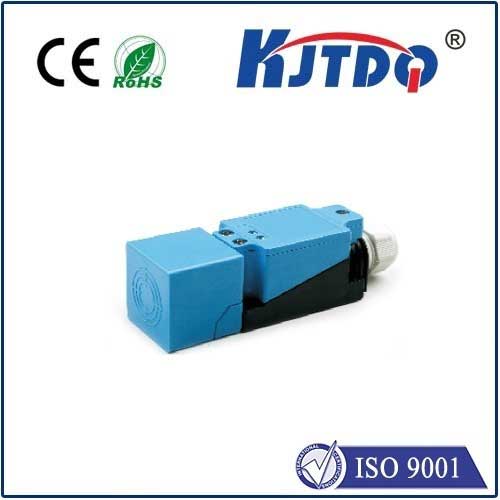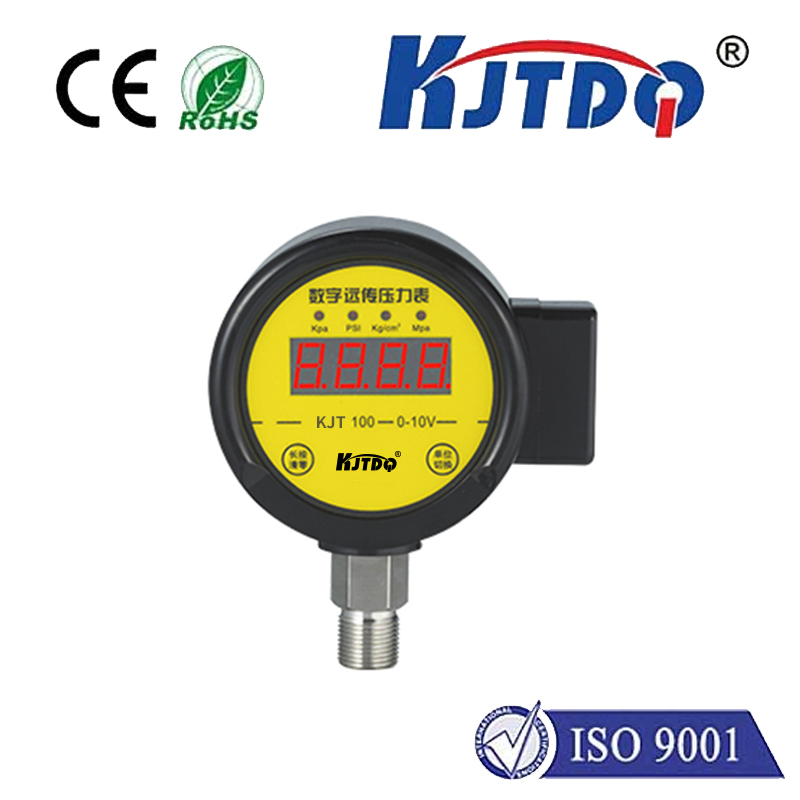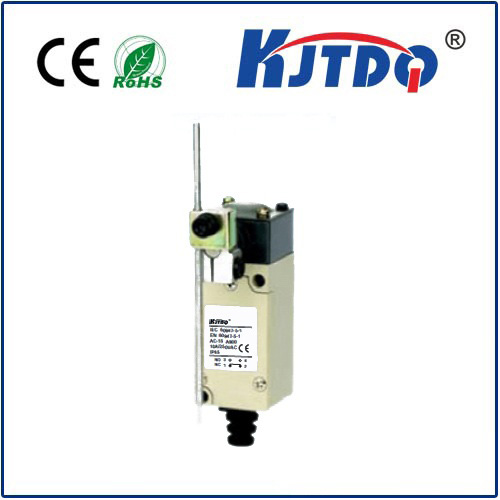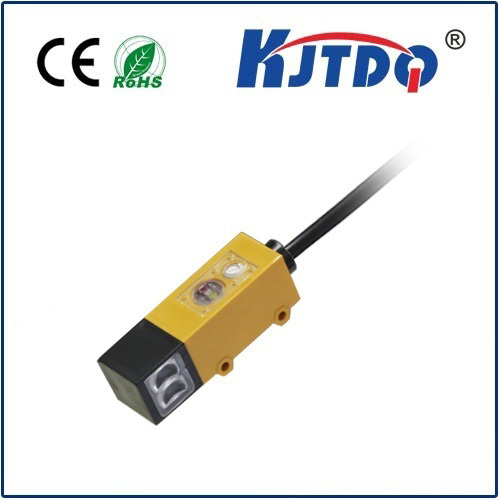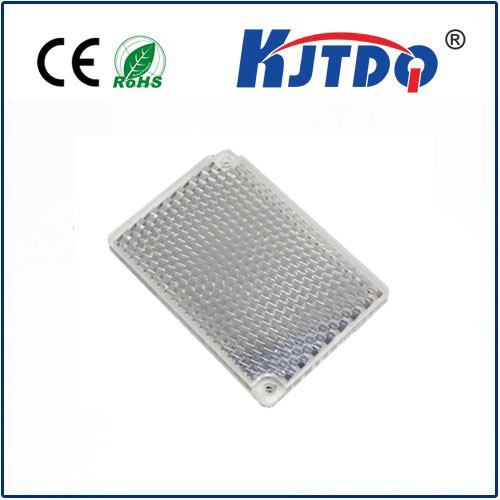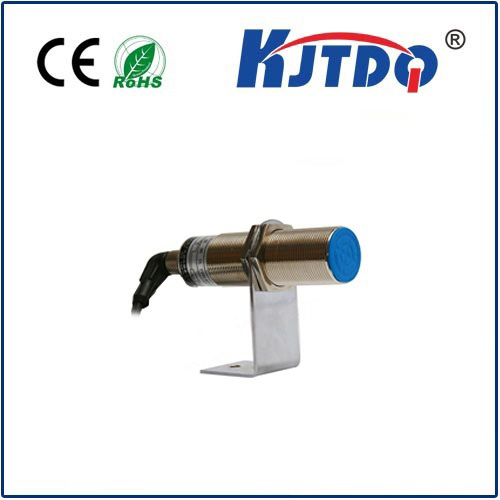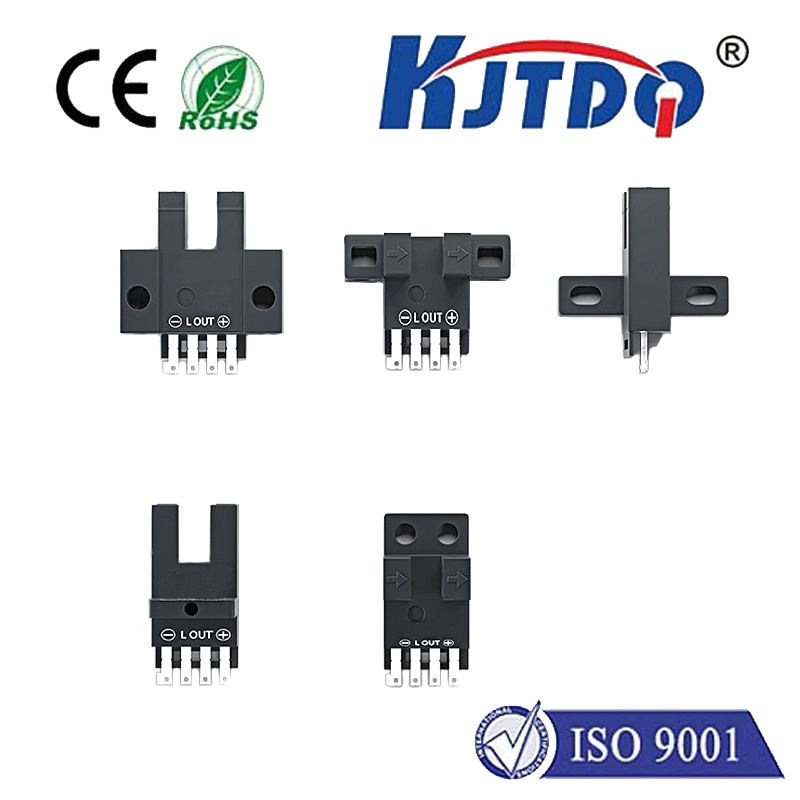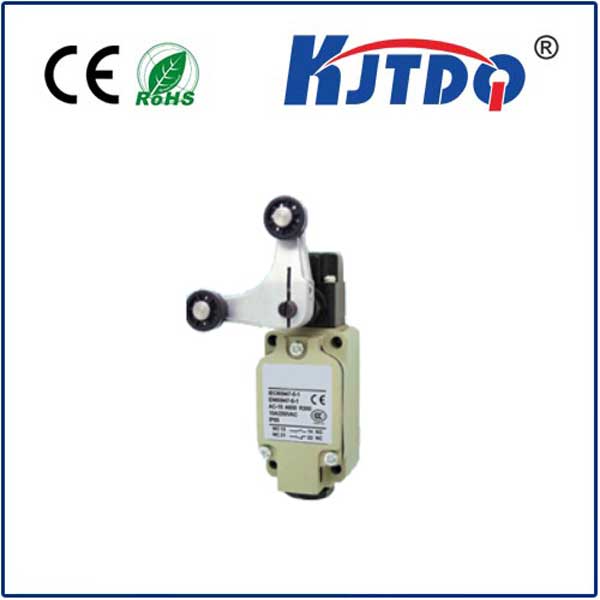
check

check

check

check

Title: The Pinnacle of Sensing Technology: High Precision Sensors In an era where technology is rapidly advancing and data-driven decisions are becoming the norm, high precision sensors have emerged as critical tools in a myriad of industries. These devices, with their unparalleled ability to detect and measure with exactness, are not only shaping the present but also steering the future of numerous sectors. The Evolution of High Precision Sensors High precision sensors represent the zenith of sensing technology. From humble beginnings as simple switches and thermometers, sensors have evolved into sophisticated instruments capable of measuring physical quantities such as temperature, pressure, velocity, and even complex phenomena like chemical compositions with remarkable accuracy. This evolution has been driven by relentless innovation and the growing need for precise data in various fields. Applications Across Industries The implications of high precision sensors span a multitude of industries. In healthcare, these sensors enable early diagnosis and continuous monitoring of patients, leading to better health outcomes. In automotive engineering, they ensure safety and efficiency through advanced driver-assistance systems (ADAS) and autonomous driving technologies. Aerospace companies rely on them for mission-critical tasks, from navigation to ensuring structural integrity under extreme conditions. Even in environmental monitoring, high precision sensors play a crucial role in tracking climate changes and protecting our natural resources. Enhancing Data Accuracy and Decision Making The core advantage of high precision sensors lies in their ability to provide highly accurate data, which is the backbone of informed decision-making. Whether it’s optimizing manufacturing processes, improving energy efficiency, or enhancing product quality, the significance of precise measurements cannot be overstated. As industries continue to generate vast amounts of data, the reliability of this data becomes paramount, making high precision sensors indispensable tools in today’s data-centric world. Challenges and Innovations Despite their many benefits, high precision sensors face challenges such as susceptibility to environmental interference, limited lifespan, and integration complexities. However, ongoing research and technological advancements are continually addressing these challenges. Developments in materials science, nanotechnology, and artificial intelligence are paving the way for more resilient, longer-lasting, and smarter sensors that can adapt and learn from their environment. Looking Ahead The future of high precision sensors is bright, with potential applications extending far beyond what we currently fathom. As these sensors become even more integrated into our everyday lives, they will undoubtedly drive further advancements in automation, artificial intelligence, and the Internet of Things (IoT). Companies investing in cutting-edge sensor technology will likely hold a competitive edge, ushering in a new era of innovation and efficiency. In conclusion, high precision sensors stand at the forefront of sensing technology, enabling unprecedented levels of accuracy and reliability across diverse applications. As we continue to push the boundaries of what’s possible, one thing remains clear: the impact of high precision sensors will only grow, cementing their importance in shaping a smarter, more connected world.
